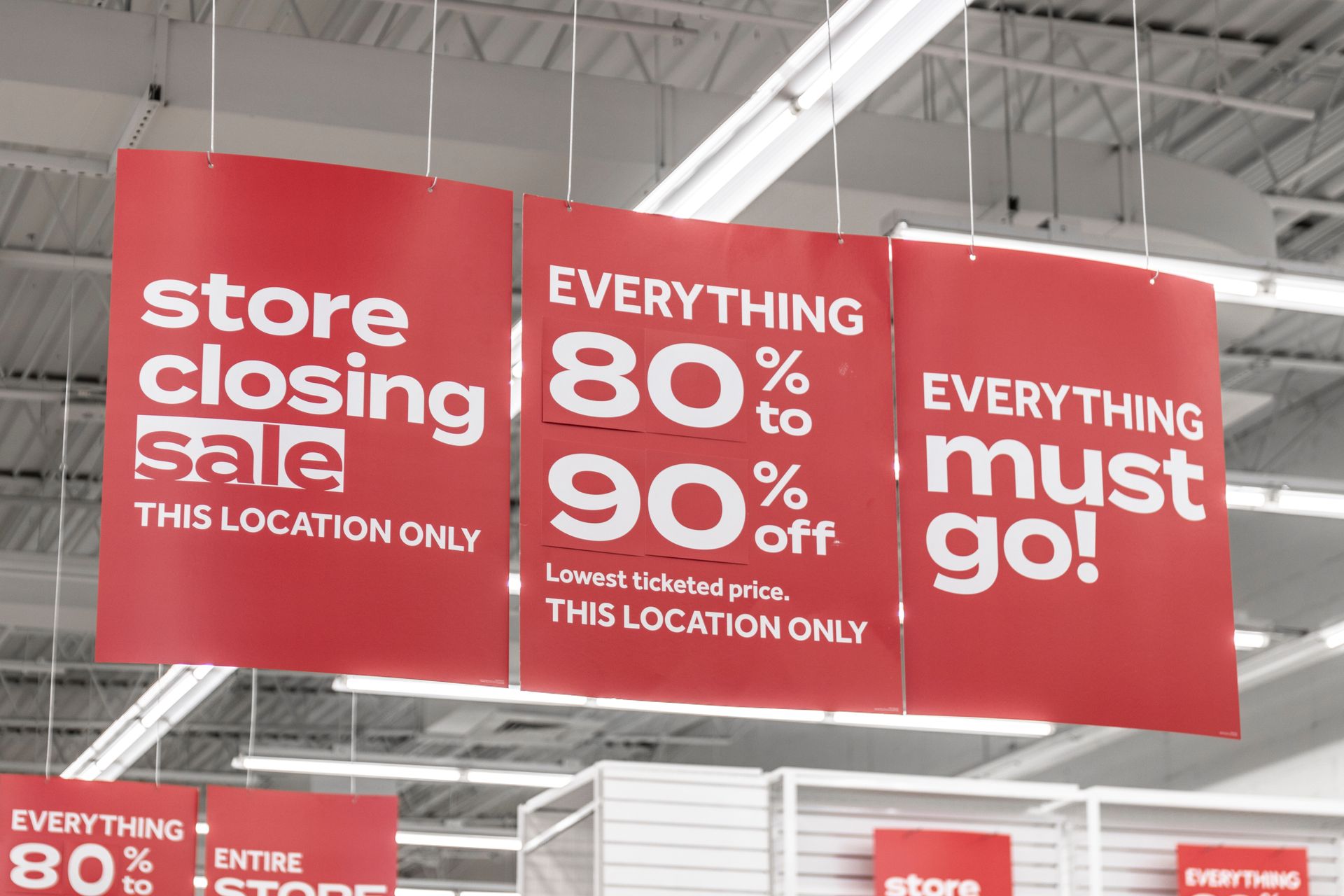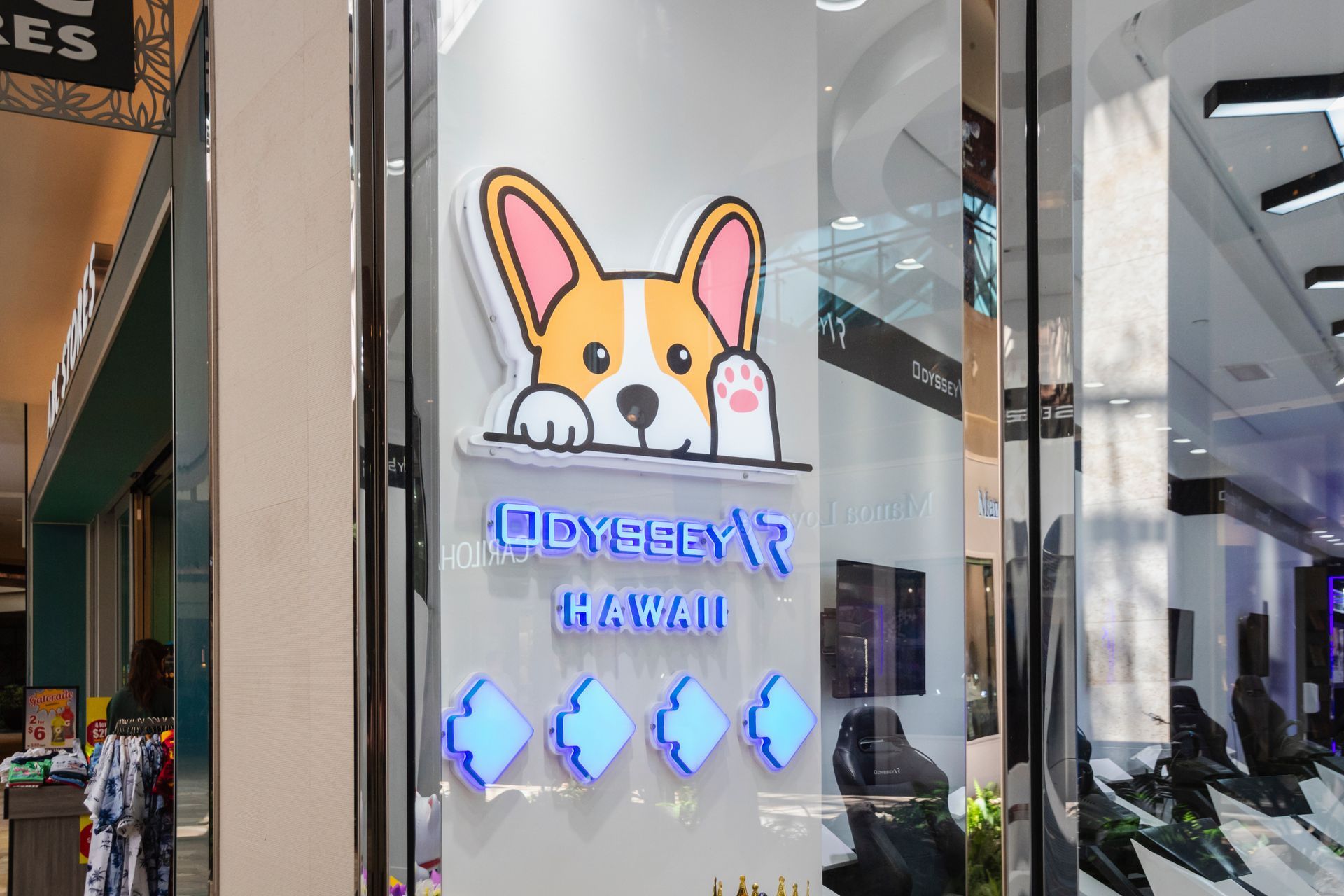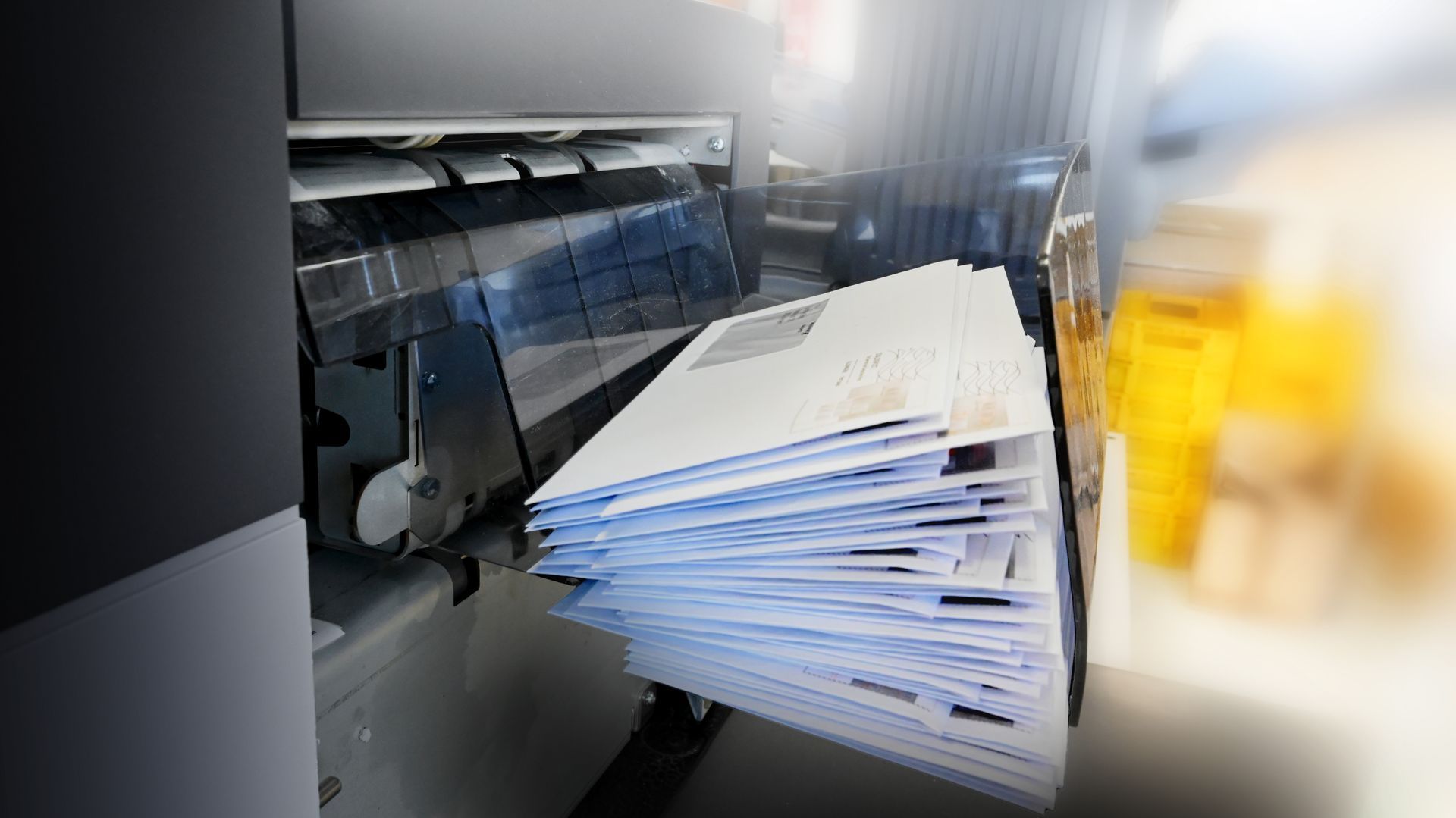Driving Visibility: How Effective Signage Can Transform Your Brand
Discover how strategic signage enhances brand visibility, attracts customers, and boosts sales. Learn expert insights from Ryan Tanis at Calev Systems on the latest trends, materials, and placement strategies for impactful signage.
Why Signage is More Than Just a Sign
In the world of marketing, businesses often focus heavily on digital strategies—SEO, social media, paid advertising—while overlooking one of the most fundamental and high-impact tools available: signage. Yet, signage is one of the most critical branding and marketing assets a company can invest in. It’s the first thing customers see when they approach a store, the guiding element that directs them inside, and the visual reinforcement of what the brand stands for. A well-placed, well-designed sign can mean the difference between attracting foot traffic or being ignored altogether.
A study by
FedEx found that 76% of consumers enter a store they have never visited before based on signage alone, while 68% believe a business’s signage reflects the quality of its products or services. In a world where brand identity and visibility are essential to survival, signage isn’t just an accessory—it’s a necessity.
To understand the power of signage and how businesses can leverage it, we sat down with Ryan Tanis, Head of Signage at Calev Systems, to discuss why signage is an essential tool in today's competitive market, how businesses can maximize its impact, and what trends are shaping the industry.
An Interview with Ryan Tanis, Head of Signage at Calev Systems
Why Signage Matters More Than Ever
Question: Why is signage still so important in 2025, even as digital marketing dominates?
Ryan: "We live in an increasingly digital world, but signage provides a tangible, real-world presence. Well-executed signage builds immediate recognition and helps brands stand out in crowded marketplaces. When done right, it reinforces brand identity and enhances the overall customer experience. In retail environments, it can even drive impulse purchases and direct traffic strategically."
The Key Elements of Effective Signage
Question: What makes signage effective in a retail or commercial setting?
Ryan: "There are a few critical factors. Clarity is number one—you want legible text that’s easy to read from different vantage points. Contrast is also essential because good color combinations enhance visibility. Branding consistency is key, ensuring logos and colors align with the overall brand identity. Finally, you need a strong call to action—whether it’s promoting a sale or guiding customers to a specific area."
Strategic Placement is Everything
Question: How does the placement of signage impact its effectiveness?
Ryan: "Placement determines visibility, relevance, and audience reach. If you're in a toy store, for example, signage should be at a lower eye level for children. High-traffic areas, sight lines, and positioning at eye level all play a role in ensuring maximum visibility. Even overhead signage needs to be properly angled for clarity. The key is understanding customer movement patterns and placing signs where they naturally attract attention."

Choosing the Right Signage Materials
Question: What materials work best for durable signage?
Ryan: "For outdoor signage, aluminum is a great option—it’s durable and weather-resistant. Acrylic and PVC are great for outdoor use because they’re lightweight and cost-effective. Coroplast, which you often see in election yard signs, is another cost-effective option for temporary signage. The key is using the right material based on longevity, environmental factors, and the type of messaging being displayed."
Digital Signage vs. Traditional Signage
Question: How does digital signage compare to traditional signage, and how do businesses decide which to use?
Ryan: "Digital signage is great for businesses that need to update messaging frequently or create dynamic, interactive experiences. However, traditional signage remains the best option for many brands due to lower maintenance costs and higher durability. It really depends on the business model and goals. For instance, fast-food chains often benefit from digital menu boards, whereas a luxury retail store might prefer high-end, permanent signage that reinforces brand identity."
ADA Compliance and Signage
Question: How does ADA compliance influence signage design?
Ryan: "ADA compliance ensures signage is accessible to all customers, including those with disabilities. This means considering factors like height placement for visibility, tactile elements for the visually impaired, and high-contrast color schemes to improve readability. Many businesses overlook ADA compliance, but it’s crucial to providing an inclusive customer experience."
The Role of Color and Typography in Signage
Question: How do color and typography impact customer perception & engagement?
Ryan: "Color psychology plays a huge role in signage effectiveness. Blue conveys trust, red evokes urgency, and yellow signals caution. Typography also matters—bold, sans-serif fonts are typically easier to read at a distance, while decorative fonts may work better for upscale branding. The key is balancing aesthetic appeal with functionality."

Trends and Innovations in Signage
Question: What emerging trends are shaping the signage industry?
Ryan: "We're seeing a growing focus on interactive signage with QR codes and NFC tags driving customers to digital content. Augmented reality (AR) integrations are also gaining traction, allowing brands to create immersive experiences. Sustainable materials and LED-lit signage are also becoming industry standards. Businesses are also investing in AI-driven signage, which can adapt messaging dynamically based on foot traffic and customer demographics."
Maximizing ROI with Signage
Question: What are the biggest mistakes businesses make when designing signage?
Ryan: "One of the biggest mistakes is overcrowding the design—too much information makes it hard to read. Poor contrast, hard-to-read fonts, and misplaced signs are also common issues. You need to guide the customer’s eye, not confuse them. Another mistake is failing to consider modular signage solutions, which allow updates without full replacements. Smart businesses invest in adaptable signage that can change with promotions or seasons."
Final Thoughts
Question: What advice would you give businesses looking to improve their signage strategy?
Ryan: "Think strategically—don’t just create signage for the sake of it. Make sure it aligns with your brand, is placed effectively, and uses the right materials for longevity. Signage should complement your marketing efforts, driving in-store traffic and reinforcing brand identity. If you invest wisely, it becomes an asset that continuously delivers value. Also, consider tracking its performance—test different placements, designs, and messaging to optimize its impact."
Elevate Your Brand with Strategic Signage
Effective signage isn’t just about aesthetics—it’s a strategic asset that influences customer behavior, drives sales, and strengthens brand recognition. In an era where businesses are competing for attention both online and offline, signage remains one of the most powerful tools for visibility and engagement. By focusing on clarity, strategic placement, innovative materials, and adapting to trends, businesses can maximize their return on investment and enhance customer experiences.
For expert guidance and high-quality signage solutions, contact Calev Systems today. Whether you're looking for storefront signage, event displays, or an innovative branding solution, Calev’s team of experts is ready to help you create signage that leaves a lasting impact.






